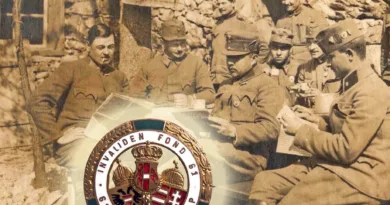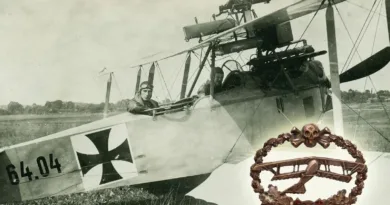Automobile Corps
Post written by Gábor Széplaki
From the last decade of the 19th century, motorization has gained ground in the world. Vehicles were already appearing in military exercises at the beginning of the 20th century. In the early days, those who were required to join the forces were deployed in their own trucks, automobiles and motorcycles in the event of mobilization. In the spring of 1912, the first driver’s course was organized by the Army. Craftsmen for example blacksmiths, machine locksmiths, etc., who were familiar with the metal-working profession, have received driver training after a year of extra service. The large number of civilian vehicles used in mobilizations and exercises was provided by volunteer automobile clubs in both Austria and Hungary. The Austrian organization’s name was the Imperial and Royal Austrian Voluntary Automobile Corps (K.K. Österreichischer Freiwilliger Automobilekorps) and the Hungarian was the Royal Hungarian Voluntary Automobile Corps. They were the only ones in the Monarchy who received a driver’s cap, dust protection glasses, leather shin pads and leather jackets for their brown uniforms. Their corps badge was the winged steering wheel.
In the Great War the voluntary automobile bodies formed the backbone of the automobile troops (K.U.K. Kraftfahrtruppe) set up within the newly established technical units. Their uniforms were changed to the infantry’s field grey uniform, and their plate hats were replaced by the cavalry/infantry field cap. Their corps badge the winged steering wheel, was retained.

This retrospectively tinted photo shows a driver wearing the octagonal badge of the automobile corps on his chest. It was colored in gold in the photo by the Lux-photo company (Budapest). You can also see the corps badge on the collar lapel, which also appears on the lower part of the badge worn on the driver’s chest.





[…] in an earlier post (here) brief mention was made about the formation of the car driver units of the Monarchy. This post will […]
[…] I previously presented the other insignia of the motorized troops in a wearing photo here. […]